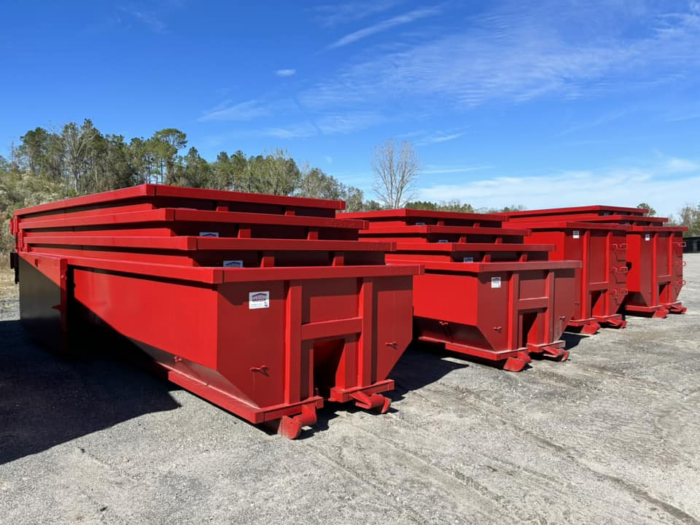
Answer: The number of roll-off dumpsters that a driver can dump in a day can vary widely depending on several factors. Some of the key factors that influence the daily dumping capacity of a roll-off dumpster driver include:
- Size of Dumpsters: The size of the dumpsters being transported and dumped plays a significant role. Larger dumpsters take more time to load, transport, and dump compared to smaller ones.
- Distance Between Locations: The distance between the pickup and dumping locations affects the time it takes for a driver to complete each trip. Longer distances can reduce the number of trips a driver can make in a day.
- Traffic and Road Conditions: Traffic congestion and road conditions can slow down the transportation process, impacting a driver’s efficiency.
- Experience and Skill: An experienced and skilled driver may be able to work more efficiently, allowing them to handle more dumpsters in a day compared to a less experienced driver.
- Dumping Site Procedures: The procedures and processes at the dumping site can affect the time it takes to unload a dumpster. Some sites may have faster turnaround times than others.
- Equipment and Machinery: The availability and condition of the equipment and machinery used for loading and unloading dumpsters can also influence the efficiency of the process.
- Work Hours: The number of work hours in a day can vary based on regulations and company policies. Some drivers may have longer workdays, while others may have shorter ones.
Given these variables, it’s challenging to provide a specific number of dumpsters that a driver can dump on an average day. In some cases, a highly efficient driver with favorable conditions may handle more than a less efficient driver in less favorable conditions. Typically, a roll-off dumpster driver might handle anywhere from 5 to 15 dumpsters per day, but this can vary widely. Efficiency, experience, equipment, and other factors all play a role in determining the daily capacity of a roll-off dumpster driver.
